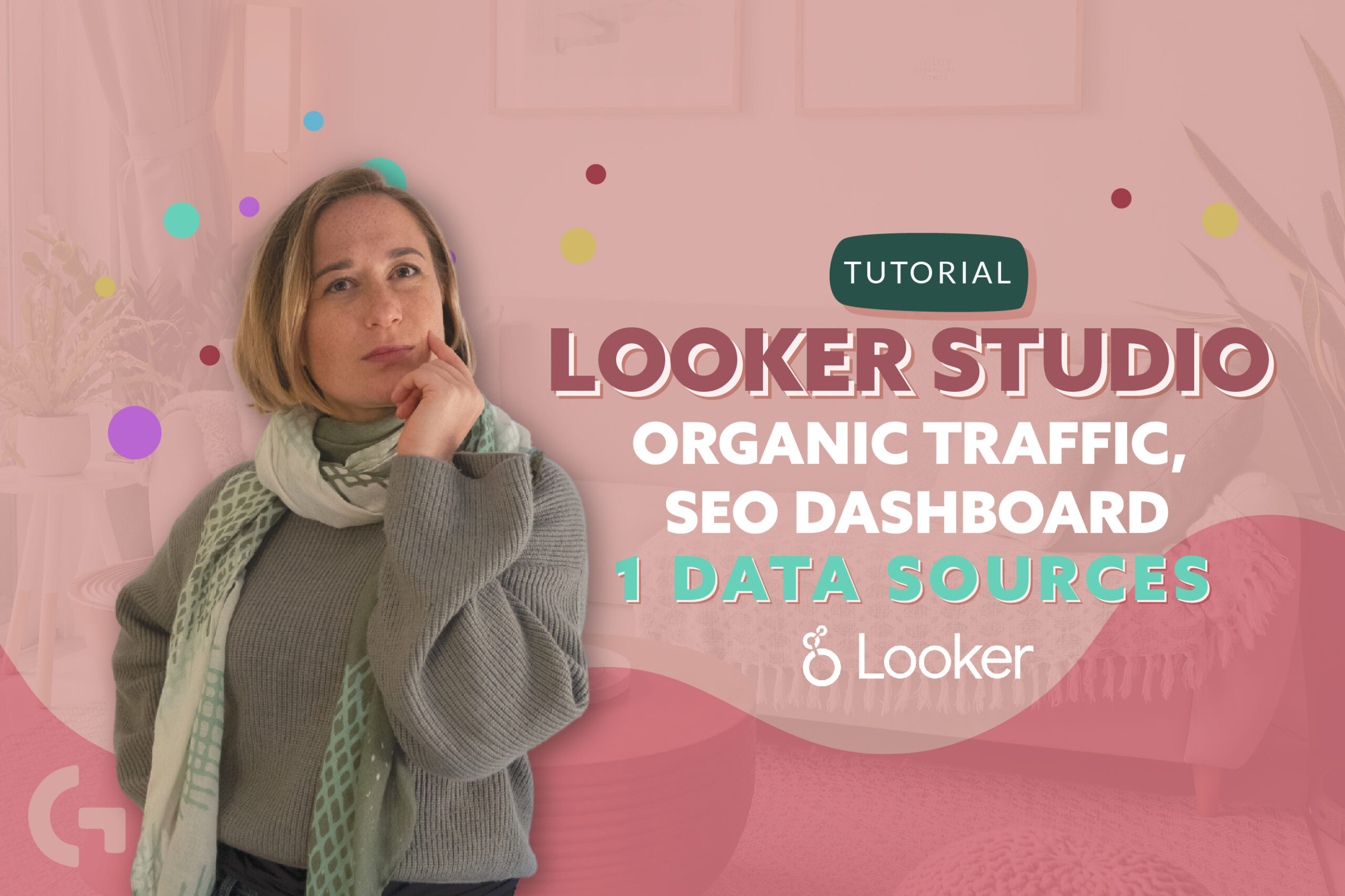Looker Studio Organic Traffic, SEO dashboard. 1 Data sources

Recently I have launched my own website that still has very little organic traffic but I already have some data. There is going to be a sequence of articles about Organic traffic based on the SEO dashboard in Looker Studio.
I am going to use only free data sources and create not very difficult but a profound report. In this report I will connect Google Analytics, Google Search Console and SEOmonitor.
I have recorded a video tutorial, check it out!
Connecting data sources
Google Analytics has demo accounts that allow us to see the variety of fields Google Analytics has to offer. But in this case I will use my data that comes from my website.
Firstly, you need to authorize and choose the account, property and view. After that your data source will be added. I decided to add Universal Analytics and GA4.
Then, let’s add a Search console. You need to find it in the list of free Google Connectors and authorize. You will have two options – Site impression and URL impression. So, each one of these tables will have a different combination of fields. I will connect both of them, because I think it will be much better to have all the fields available to use.
Clicking these tables, we will see that there are different search types, but I need only the web, so I add web from both Site impressions and URL impressions.
Using partner connectors
Besides Google connectors, there are partner connectors, such as Supermetrics, Semrush, Ahrefs and many others. Some of them are free, some are paid.
There are some providers that provide free connectors:
- Semrush
- Ahrefs
- SEOmonitor
I decided to check the SEOmonitor and see how it can be useful for us.
SEOmonitor has 4 different connectors. I will tell more about this connector in the next chapter.
Creating charts based on GA UA. Segments
I have created one simple table and one chart.
Chart has the following settings:
Dimension – Date, Default channel grouping (enable breakdown dimension)
Metrics – Users
In this chart I want to show only Organic Search data. How can we do it?
There are two ways. We can create a filter or add a Google Analytics segment (it won’t work with the other connectors).
Adding a segment is literally the easiest way in our case. When we click “Add a segment”, we have a list of System Segments (and if you have set up the segments in Google Analytics beforehand, you will have Custom Segments as well). We choose Organic traffic from the list and our chart is automatically filtered and updated.
In some cases, when you aren’t satisfied with the default segments, you can go to Google Analytics and create your own segment.
You can set up your segment in a more advanced way or, in our case, to set up just the organic and referral search segment, you go to the Conditions tab and write the condition: medium contains organic OR medium contains referral.
Now you can add a custom Segment.
Creating charts based on GA UA. Filters
The scheme of creating a filter is pretty easy and similar to setting up a segment in Google Analytics. To exclude social channels, we need to write the condition that will look like this: exclude Default Channel Grouping equal to social. Now the table is filtered. You can use segments and filters at the same time.
Using GA4
As you may already know, in May 2023 Universal Analytics won’t be available anymore. So let’s see how we can do the same thing using GA4.
Chart settings:
Dimension – Date, Session source (enable breakdown dimension)
Metrics – New users
Table settings:
Dimension – Session default channel grouping and Session source
Metrics – Total users
We don’t have segments here – it works only for Universal Analytics. But we can add a filter here, as we’ve done above: include Session default Channel Grouping contains organic search.
If you are curious about Looker Studio and you want to get a profound knowledge about this data visualization tool, I invite you to my Looker Studio course! Read more about it.
Hope this article was interesting and educational for you! Tell me your impressions in the comments section! You can read more articles in my Medium.
